Locating people who don’t show interest in dinosaurs could be challenging. Truly, contemplating the appearance and conduct of these vanished species can lead one’s mind on a captivating journey. Numerous of these creatures were fantastically gigantic! Dinosaurs ruled the world long before humans, a historical fact which might provide some explanation to the 25 Giant Facts You Might Not Know About Dinosaurs that you might not have knowledge of.
Dinosaurs were one of several kinds of prehistoric reptiles that lived during the Mesozoic Era, also known as the “Age of Reptiles.” Even though we still don’t know or can’t be certain about many things concerning dinosaurs (for example, paleontologists can only speculate how they behaved, how they mated, what color they were, or even whether a fossil belonged to a male or female dinosaur), we know for a fact there were lots of different kinds of dinosaurs that lived at various times. Some walked on two legs (they were bipedal), some walked on four (they were quadrupedal), some could do both, some were armor-plated, some had horns, crests, or spikes, and they have been a source of inspiration for writers, directors, and storytellers for more than a century. The details of their extinction (among other details about them) remain a mystery and paleontologists are furiously studying their remains to learn about their prehistoric world. Take a revealing look into our prehistoric past with these 25 Giant Facts You Might Not Know About Dinosaurs.
Dinosaurs lived during a time of Earth’s history called the Mesozoic (“middle life”) Era. They lived during all three periods of this era (about 230 million to about sixty-five million years ago): the Triassic, Jurassic (yep, that’s where Spielberg got the name), and Cretaceous.
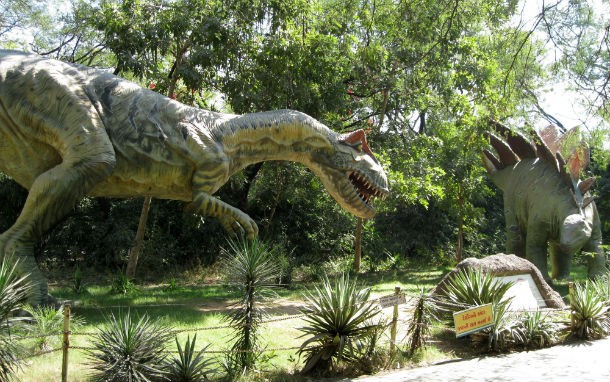 Source: Giant Facts about Dinosaurs (Book), Image: commons.wikimedia.org
Source: Giant Facts about Dinosaurs (Book), Image: commons.wikimedia.org Talking about Jurassic Park, Spielberg wanted so bad to deliver the most accurate ever film about dinosaurs, that he hired paleontologists who served as consultants during the film. Famed paleontologist Jack Horner was used during production to ensure the dinosaurs exhibited scientifically accurate behavior, and Robert T. Bakker—also a paleontologist—gave animators information about the dinosaur's physical characteristics.
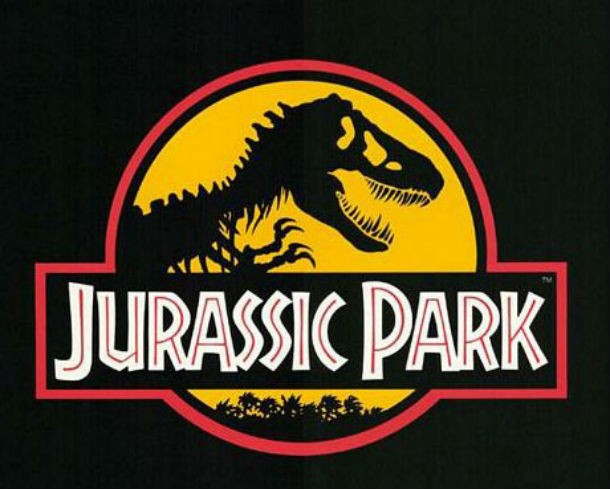 Source: Giant Facts about Dinosaurs (Book), Image: Wikipedia
Source: Giant Facts about Dinosaurs (Book), Image: Wikipedia The first dinosaurs that appeared during the Triassic Period 230 million years ago were small and lightweight. Bigger dinosaurs such as Brachiosaurus and Triceratops appeared during the Jurassic and Cretaceous periods.
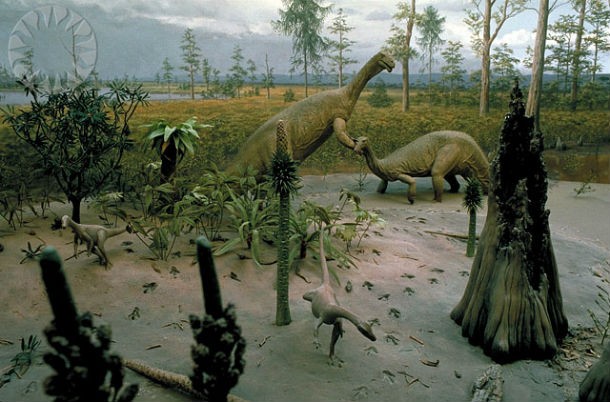 Source: Giant Facts about Dinosaurs (Book), Image: commons.wikimedia.org
Source: Giant Facts about Dinosaurs (Book), Image: commons.wikimedia.org The first recorded description of a possible dinosaur bone discovery dates back to 3,500 years ago in China. At the time, people did not know about dinosaurs, so they thought their discovery, which was some dinosaur teeth, belonged to dragons.
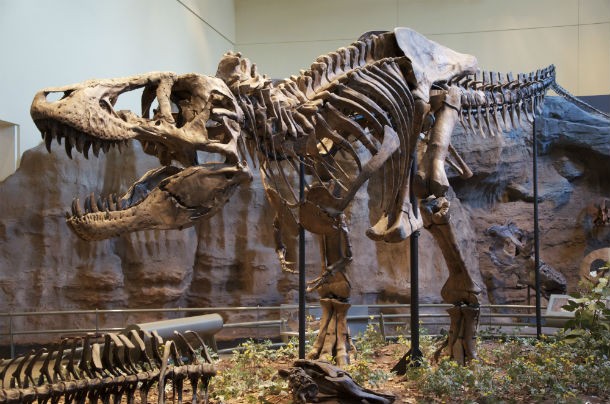 Source: Giant Facts about Dinosaurs (Book), Image: Wikipedia
Source: Giant Facts about Dinosaurs (Book), Image: Wikipedia Dinosaurs lived on every continent there is, including Antarctica.
 Source: Giant Facts about Dinosaurs (Book), Image: Wikipedia
Source: Giant Facts about Dinosaurs (Book), Image: Wikipedia Most meat-eating dinosaurs had bones filled with air. Though their bones were huge, they weren’t as heavy as they looked, which explains why some of them were so fast despite their large size. Birds have the same kind of hollow bones.
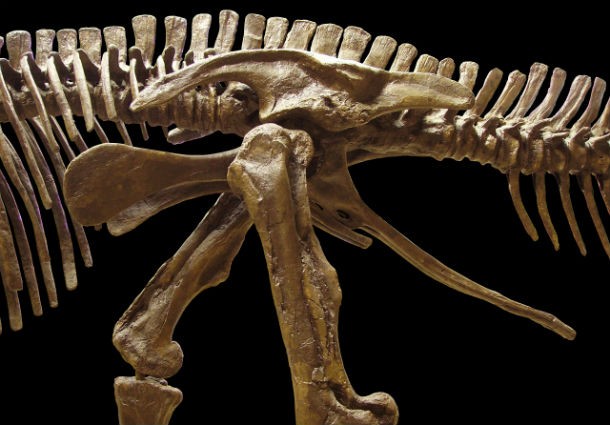 Source: Giant Facts about Dinosaurs (Book), Image: Wikipedia
Source: Giant Facts about Dinosaurs (Book), Image: Wikipedia The biggest plant eater was the Argentinosaurus. It was up to ninety-eight feet (thirty meters) long.
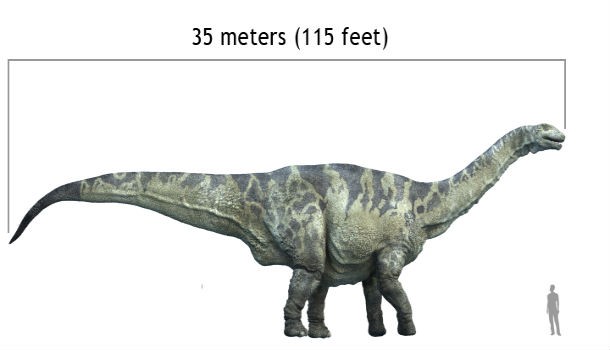 Source: Giant Facts about Dinosaurs (Book), Image: Wikipedia
Source: Giant Facts about Dinosaurs (Book), Image: Wikipedia Meat-eating dinosaurs are known as theropods, which means “beast-footed,” because they had sharp, hooked claws on their toes. In contrast, plant-eating dinosaurs tended to have blunt hooves or toenails.
 Source: Giant Facts about Dinosaurs (Book), Image: commons.wikimedia.org
Source: Giant Facts about Dinosaurs (Book), Image: commons.wikimedia.org Some of the biggest plant eaters had to eat as much as a ton of food a day. This is similar to eating a bus-sized pile of vegetation every day.
 Source: Giant Facts about Dinosaurs (Book), Image: Wikipedia
Source: Giant Facts about Dinosaurs (Book), Image: Wikipedia Scientists believe that some dinosaurs were cold-blooded and some warm-blooded, while there might have been others that were not fully one or the other. They speculate that small meat eaters may have been warm-blooded while plant eaters that were not as active were probably cold-blooded.
 Source: Giant Facts about Dinosaurs (Book), Image: pixabay.com
Source: Giant Facts about Dinosaurs (Book), Image: pixabay.com Explorer Roy Chapman Andrews found the first dinosaur nest known to science in 1923 in the Gobi Desert in Mongolia. Before he found the nest, scientists were unsure how dinosaurs were born.
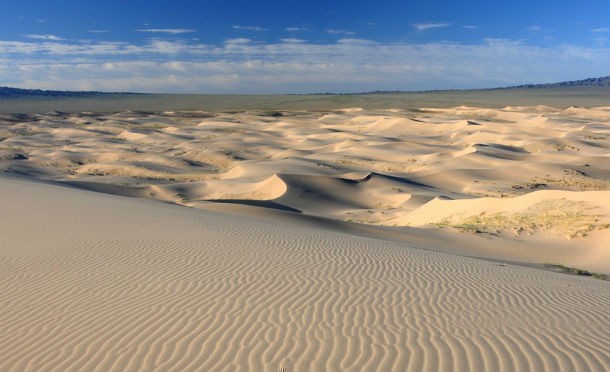 Source: Giant Facts about Dinosaurs (Book), Image: commons.wikimedia.org
Source: Giant Facts about Dinosaurs (Book), Image: commons.wikimedia.org Even though there are a few theories about the dinosaurs’ extinction the most accurate appears to be the one concerning a massive meteorite hitting the Yucatan Peninsula in Mexico 65.5 million years ago. The 112-mile-wide crater was caused by a rock six miles in diameter. It is believed that the only animals to survive this massive destruction were sharks, jellyfish fish, scorpions, birds, insects, snakes, turtles, lizards, and crocodiles.
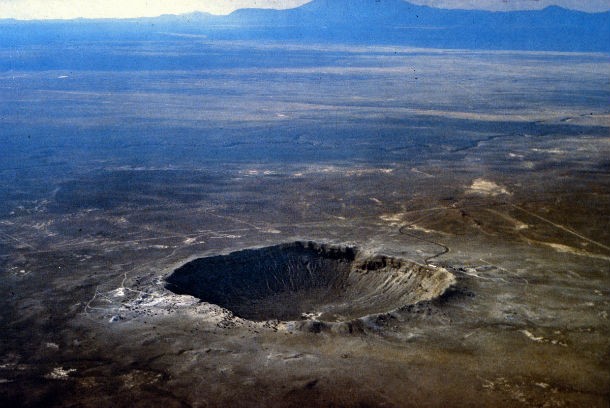 Source: Giant Facts about Dinosaurs (Book), Image: Wikipedia
Source: Giant Facts about Dinosaurs (Book), Image: Wikipedia The mass extinction of the dinosaurs and other land animals that followed after the collision is known as the Cretaceous-Tertiary extinction event, or the K-T event. Scientists have various theories about the extinction with the most popular suggesting that small mammals ate dinosaur eggs until the population became unsustainable.
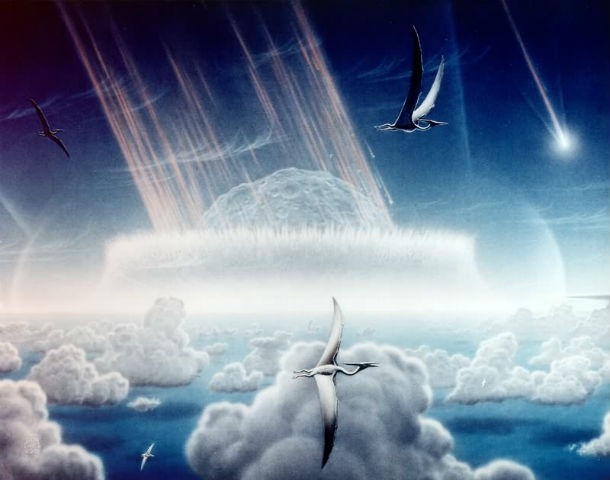 Source: Giant Facts about Dinosaurs (Book), Image: Wikipedia
Source: Giant Facts about Dinosaurs (Book), Image: Wikipedia Like birds and reptiles today, dinosaurs built nests and laid eggs. Some even fed and protected their babies.
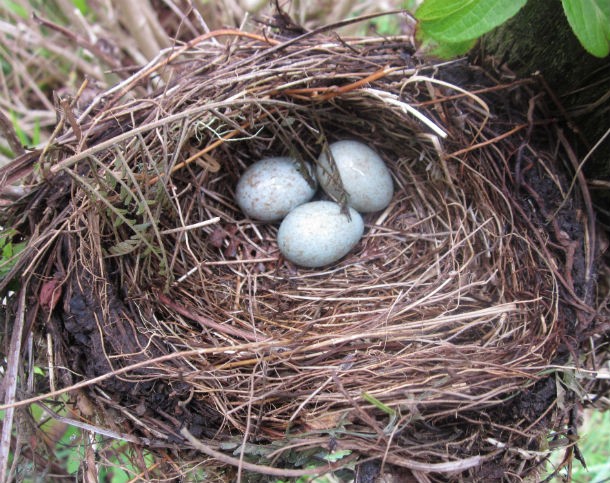 Source: Giant Facts about Dinosaurs (Book), Image: commons.wikimedia.org
Source: Giant Facts about Dinosaurs (Book), Image: commons.wikimedia.org Modern birds have a single body opening for urination, defecation, and reproduction: a cloaca (Latin for “sewer”). Paleontologists believe that dinosaurs were similarly designed and reproduced by pressing their cloacas together in a “cloacal kiss.”
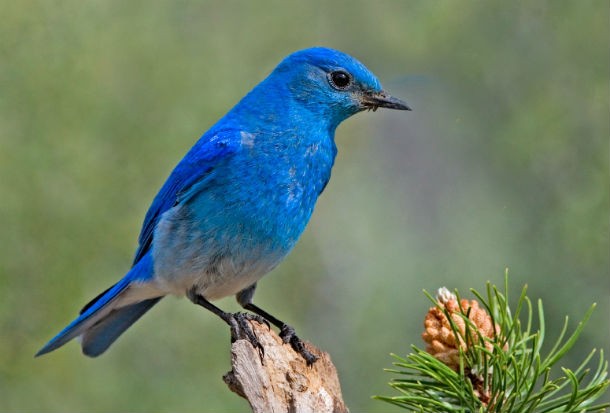 Source: Giant Facts about Dinosaurs (Book), Image: Wikipedia
Source: Giant Facts about Dinosaurs (Book), Image: Wikipedia This is the reason why some scientists believe that birds are a surviving genetically modified (like mutants in X-Men) species of dinosaurs and thus dinosaurs are not actually extinct.
 Source: Giant Facts about Dinosaurs (Book), Image: flickr.com, Photo by BagoGames
Source: Giant Facts about Dinosaurs (Book), Image: flickr.com, Photo by BagoGames The earliest named dinosaur found so far is the Eoraptor, which means “dawn stealer.” It was named this because it lived at the dawn of the Dinosaur Age. It was a meat eater about the size of a German shepherd.
 Source: Giant Facts about Dinosaurs (Book), Image: commons.wikimedia.org
Source: Giant Facts about Dinosaurs (Book), Image: commons.wikimedia.org All dinosaurs laid eggs. About forty kinds of dinosaur eggs have been discovered to date.
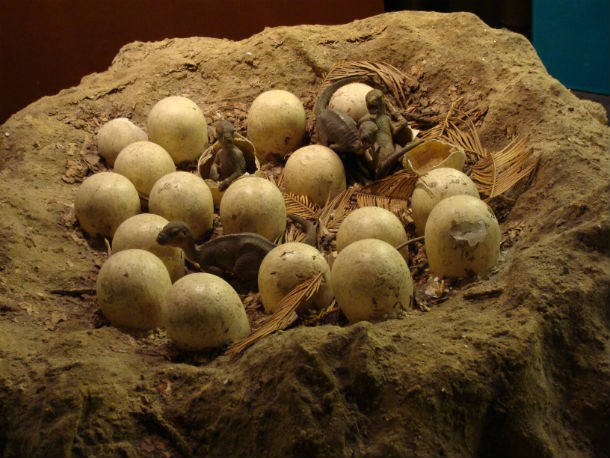 Source: Giant Facts about Dinosaurs (Book), Image: Wikipedia
Source: Giant Facts about Dinosaurs (Book), Image: Wikipedia The word “dinosaur” was coined by British paleontologist Richard Owen in 1842. It is Greek for “terrible lizard.” Rather than implying that dinosaurs were fearsome, Owen used the term to refer to their majesty and size.
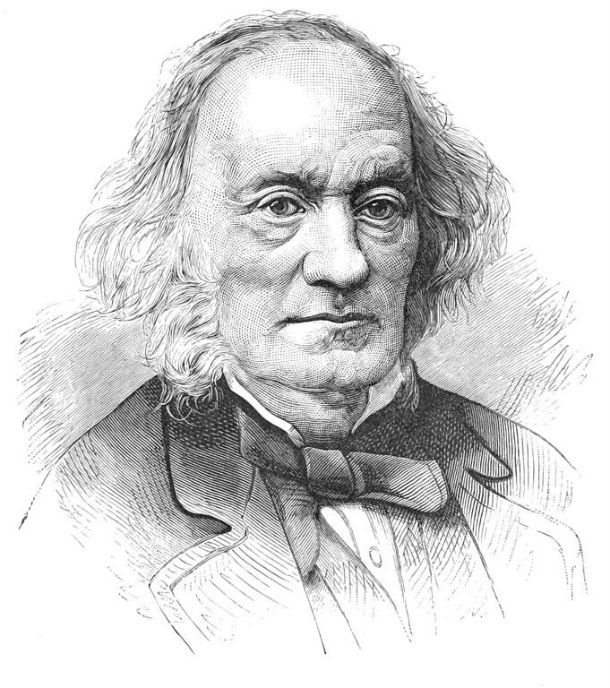 Source: Giant Facts about Dinosaurs (Book), Image: commons.wikimedia.org
Source: Giant Facts about Dinosaurs (Book), Image: commons.wikimedia.org Some dinosaurs’ tails were over forty-five feet long. Have you ever wondered why this was so? Well, according to paleontologists, most dinosaurs had long tails because it helped them to keep their balance when running.
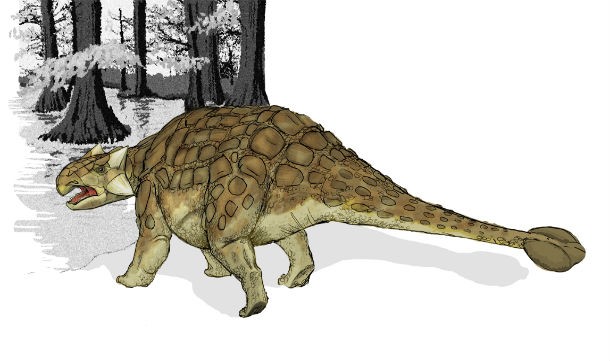 Source: Giant Facts about Dinosaurs (Book), Image: Wikipedia
Source: Giant Facts about Dinosaurs (Book), Image: Wikipedia Contrary to popular belief, the majority of dinosaurs were usually human sized or smaller. Scientists assure us the only reason we have discovered huge bones is that those were just easier to be fossilized. Makes sense, no?
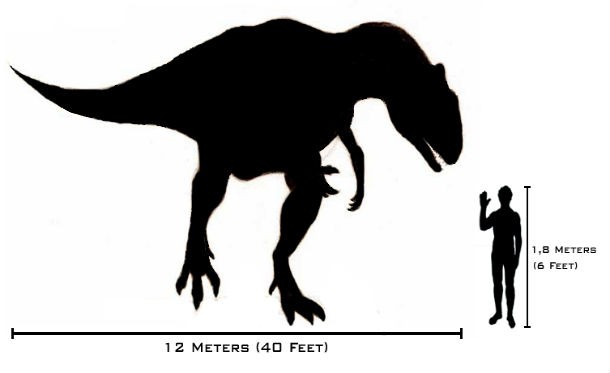 Source: Giant Facts about Dinosaurs (Book), Image: Wikipedia
Source: Giant Facts about Dinosaurs (Book), Image: Wikipedia Colorado’s nickname is the Stegosaurus State because the first ever Stegosaurus skeleton was found near Morrison, Colorado.
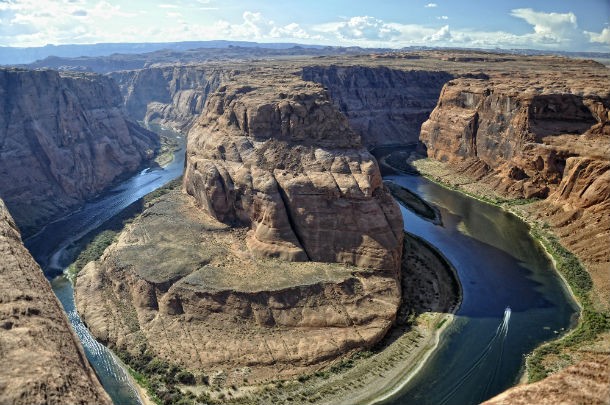 Source: Giant Facts about Dinosaurs (Book), Image: Wikipedia
Source: Giant Facts about Dinosaurs (Book), Image: Wikipedia Even though no one knows exactly how long a dinosaur’s lifespan was, some scientists suggest that some dinosaurs could live for as long as two hundred years.
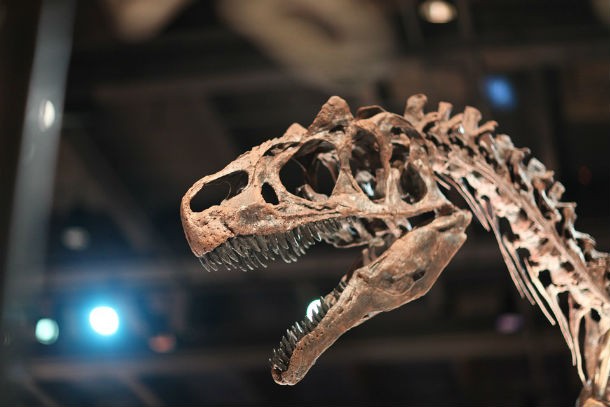 Source: Giant Facts about Dinosaurs (Book), Image: pixabay.com
Source: Giant Facts about Dinosaurs (Book), Image: pixabay.com The fastest dinosaur was the Ornithomimus. According to scientific estimations, it could run up to 43.5 mph (70 km/h). This is about twenty-five km/h faster than Usain Bolt.
 Source: Giant Facts about Dinosaurs (Book), Image: Wikipedia
Source: Giant Facts about Dinosaurs (Book), Image: Wikipedia Dinosaurs were the dominant species on our planet for more than 165 million years while humans have been around for about two million years, give or take.
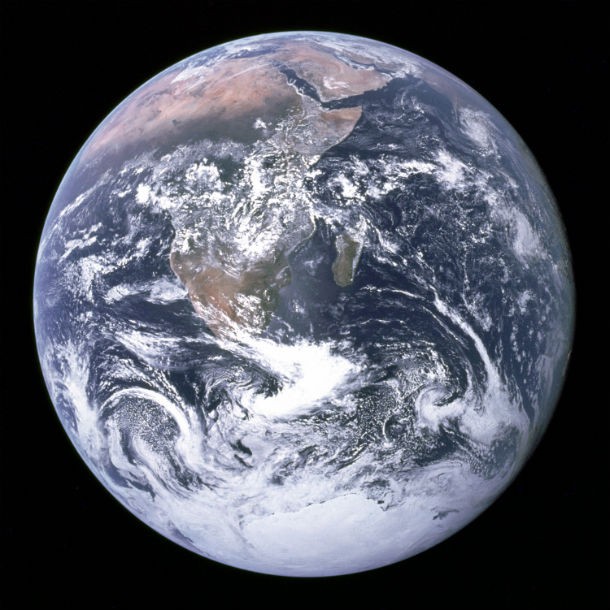 Source: Giant Facts about Dinosaurs (Book), Image: Wikipedia
Source: Giant Facts about Dinosaurs (Book), Image: Wikipedia 


























